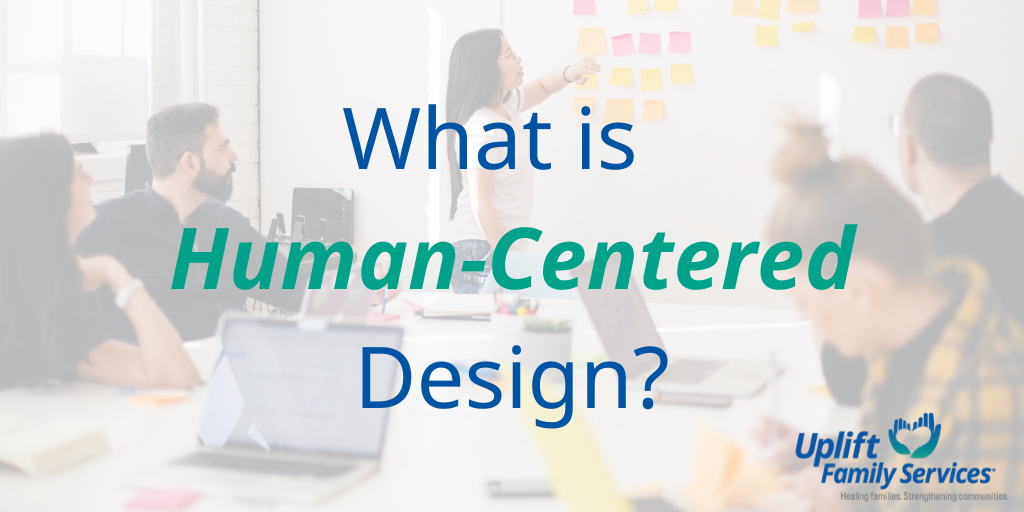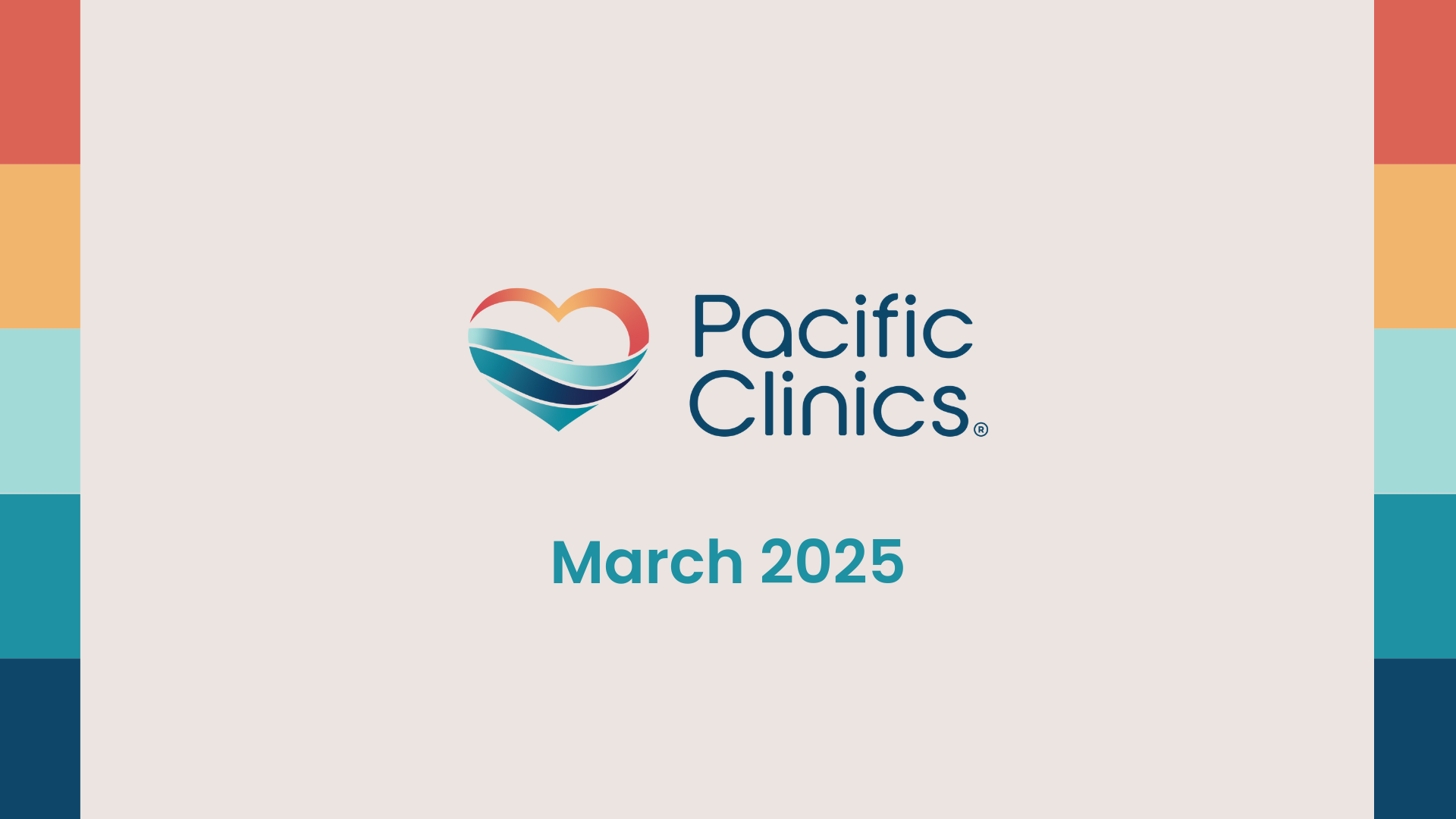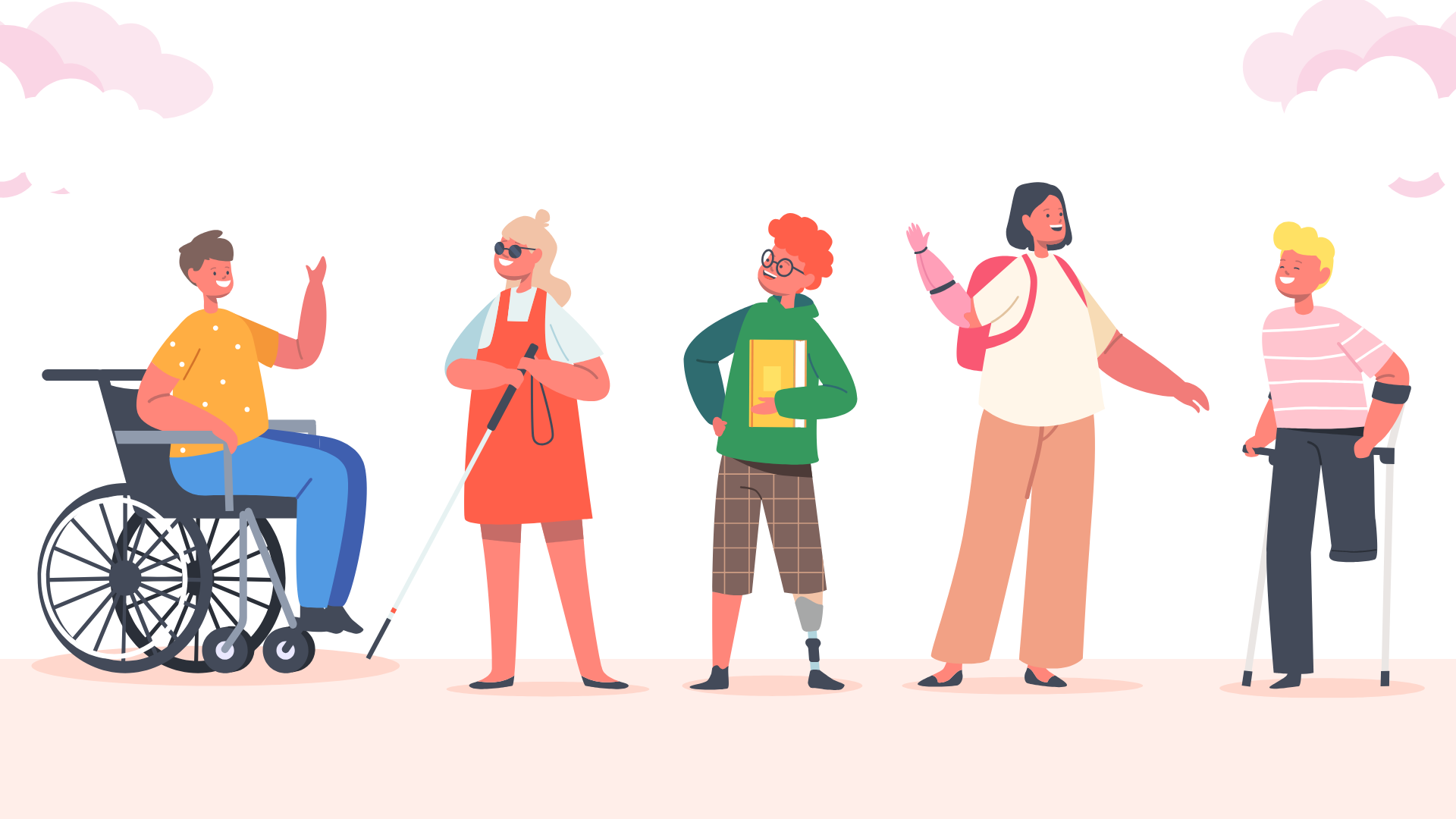
Human-centered design is a philosophy that empowers the teams and individuals designing products, services, systems, and experiences to address the core needs of those who experience a problem.
Beyond this dictionary definition, what does “human-centered design” really mean? And, more importantly, what does that look like in practice?
Simply put, human-centered design is a creative process that starts with people and ends with innovative solutions tailored to their needs. Above all, it involves getting input and feedback from those who will be directly impacted by your design and a relentless pursuit of a creative solution.
Human-Centered Design is All About the People
How do you “start with people,” as so many profess in human-centered design? In a word, empathy. Empathy is the underlying principle of effective human-centered design. One must truly place themself into the experience of others in order to solve the problems they encounter. This means speaking directly with the people using what you’ve designed and observing their behavior to understand how and why they are having the problem. It also sheds light on what they are attempting to do to work around issues currently. This can then be used to find better solutions that are easier to understand and learn without disrupting other processes involved in the product or service. their other processes.
You might be asking, “Don’t all problem-solving approaches try to address the issues and needs of the people they are trying to reach?” Well, yes, but it is the way in which human-centered design embeds itself into the experience of the user and attempts to understand their perspective completely that separates it from other problem-solving approaches. Human-centered design also strives to know whether the solution, once enacted, effectively meets people’s needs without creating other unnecessary issues along the way.
Never Stop Asking ‘Why?’
The second principle of human-centered design is to define the problem you’re trying to solve. What is the key action you want to achieve?
Start with the obvious issue your users are experiencing and ask yourself “why?“ to uncover an underlying issue. Continue to ask why about each new issue you uncover, peeling back the superficial layers of a problem, until you reach the core, foundational issue. Until you understand the underlying issue, you’ll never be able to truly solve it. This might be the most crucial step in solving the problem because the way you define your problem will either encourage or inhibit creativity in the problem-solving process.
From there, ideate and prototype. By now you should understand your users’ perspective and can define the core issue you are facing. It’s time to begin brainstorming to come up with as many solutions as possible to the issue. There are no wrong answers in the ideation stage. Remember, you’re trying to promote creative thinking and elevate the best ideas. Every idea provides the opportunity to look at the problem in a new way, which could unlock the best path forward.
Don’t forget to include those whose issues you’re trying to solve in this phase, too. They will often be able to shed more light on the issue and help you realize which ideas are worth investigating further through prototyping. Prototypes are low-cost models to test your ideas for further development. These will not include a huge investment of resources, but will encourage your team to discover potential blind spots, new insights, and paths to a successful solution. Your team will often have multiple prototypes in sequence or in tandem to test which version is worth exploring.
Test, Iterate, and Test Some More
Finally, it’s time for the rubber to meet the road. Expand upon and refine your prototypes with the feedback gathered and begin testing in real settings. However, just because you’ve moved forward with a refined prototype does not mean your work is done. This is the stage where you can see flaws and opportunities for improvement in your design. As you continue to gather feedback from real-world situations, continue to iterate and produce new versions of the design.
During this stage, it is crucial to keep an open mind. Do not try to defend your solution from those pointing out any flaws, but instead embrace them as a chance for improvement to better serve those using your product or service. Ultimately, bring that relentless pursuit of the perfect solution, even if you may never get there. This could mean your work is never truly done, only temporarily assuaged by a solution that works for now. Until another iteration or better solution comes along, that is.
Put Human-Centered Design into Practice
As you work your way through the stages of human-centered design, it’s good to remember the process is almost never linear. At any point, you might realize something that was missed, or your final prototype, when met with the high demands of real-world implementation, exposes major flaws in your assumptions which must be addressed back in the research stage. It is a continuous process that builds upon previous work. The best human-centered designers are never satisfied.
To see what human-centered design looks like in practice, look no further than our own process at Uplift Family Services. In a future post we will explore how Uplift Family Services uses the principles of human-centered design to implement continually improving solutions for the children and families we serve.







